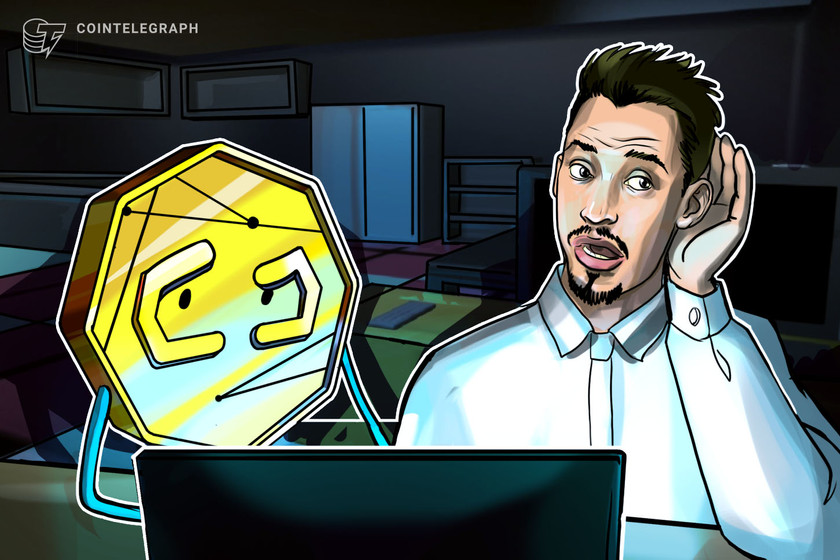
Derivatives played a major role in the last bull market and it’s highly likely that they will be integral in the market’s evolution in 2023.
Futures and options let traders put down only a tiny portion of a trade’s value and bet that prices will go up or down to a certain point within a certain period. It can make traders' profits bigger because they can borrow more money to add to their positions, but it can also boost their losses much if the market moves against them.
Even though the market for crypto derivatives is growing, the instruments and infrastructure that support it are not as developed as those in traditional financial markets.
Next year will be the year that crypto derivatives reach a new level of growth and market maturity because the infrastructure has been built and improved this ye, and an increasing number of institutions are getting involved.
Crypto derivatives' growth in 2023
In 2023, the volume of crypto derivatives will continue to grow because of two factors: first, the growth of relevant infrastructure such as applications for decentralized finance (DeFi) and also because of more professional and transparent intermediaries planning to enter the space. Eventually, this will lead to more institutions getting involved.
Understanding why traditional financial institutions use derivatives more than traditional spot markets is an excellent way to learn more about the market.
Some reasons for the growth are the ability to leverage capital, the fact that derivatives contracts in the U.S. are treated as long-term capital gains for tax purposes, and for their use in hedging, which is the ability to protect against unexpected price swings.
When more institutions get involved, relative volatility decreases, making trading derivatives a better use of capital. Also, as more institutions add crypto assets to their balance sheets, derivative instruments will become a critical tool for protecting against short-term volatility.
The industry is still in its early stages
Like 2022, 2023 is also bound to be a unique year for crypto derivatives. There'll be a rise inboth centralized and decentralized options infrastructure and the continued development of new crypto primitives like structured vaults, everlasting options and experiments with derivatives.
The cryptocurrency industry is moving deeper into regulated markets as it tries to get more users and competes with existing traditional finance companies like brokerages that already let people trade stocks and other financial assets.
Most derivatives deals happen on Binance, OKX and Bybit, which are based outside of the U.S. and are not regulated. However, based on data from CoinGlass, CME Group is the only regulated U.S. market that has gained traction.
In November 2022, it was responsible for about 10.7% of the open interest in Bitcoin (BTC) and Ether (ETH) futures.
Big firms buying will continue buying small licensed derivatives operations
It's getting harder to tell where retail markets end and institutional markets begin. The retail-focused businesses that crypto exchanges bought are run by some of Wall Street's biggest and most experienced firms.
In January 2021, Coinbase bought FairX, a small futures exchange in Chicago. The goal of the deal was to make it easier for traders to get into derivatives markets. A retail-focused futures exchange startup called The Small Exchange also released a crypto futures product that requires less cash upfront. Citadel Securities, Jump and Interactive Brokers have all backed the company.
Related: What is crypto market capitulation and its significance?
The growth of decentralized derivatives markets
Like centralized venues, perpetual futures comprise most of the volume of decentralized derivatives. First led by Perpetual Protocol and now by dYdX, the daily volume of decentralized perps averages $3 billion per day.
Even though growth has been robust, decentralized perpetual volume makes up less than 5% of all crypto derivatives volume. Over the next two years, we expect this segment to grow in a big way.

As more projects and protocols build on top of decentralized perpetual swap protocols, the value of the platforms that support them will continue to grow. Along with decentralized futures, options and structured products, market participants will be excited to see more crypto-native innovations like everlasting options developed.
Protocols like Deri, which offers both perpetual futures and everlasting options, let users trade derivatives in a very DeFi-native way, giving them the ability to hedge, speculate and arbitrage, all on-chain.
Derivatives could lure in more traditional investors
Institutional traders like these instruments more because they can provide stable returns, similar to fixed income, and these trades are executed with strategies like bull call spreads and covered calls. Also, institutional traders can combine call and put options to set a risk limit without risking liquidation for options trades.
Fidelity Digital Assets now offers their institutional client base the ability to borrow using crypto as collateral so that large companies can add Bitcoin to their assets more easily with the help of these services.
In 2023, it’s likely that crypto will be easier to use as collateral for everyday business, which will allow companies to take on more risk using cryptocurrency derivatives.
Derivatives played an instrumental role in the 2020-2021 crypto bull market for retail and institutional traders. For many investors, borrowing money and using derivatives is the easiest way to increase their bets on a variety of positions. They are available to use in stocks, currencies and commodities, but their use in cryptocurrencies has been steadily growing since 2017.
This article does not contain investment advice or recommendations. Every investment and trading move involves risk, and readers should conduct their own research when making a decision.
The views, thoughts and opinions expressed here are the authors’ alone and do not necessarily reflect or represent the views and opinions of Cointelegraph.







